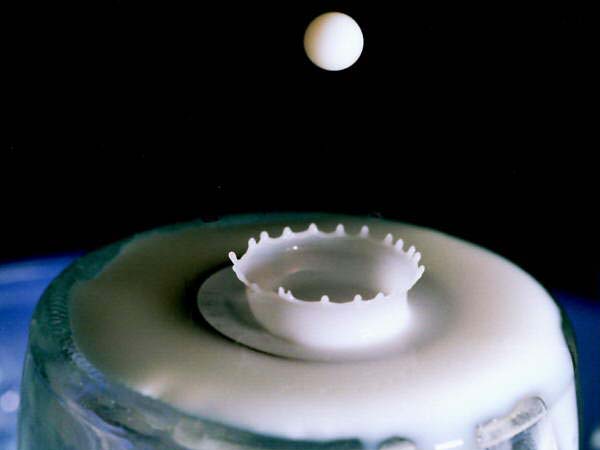Associate Professor
Nonlinear Dynamical Systems Group
Department of Mathematics and Statistics
San Diego State University
San Diego, CA 92182-7720

| HOME | VITAE HTML |
VITAE |
PUBLICATION LIST |
RESEARCH OVERVIEW |
RESEARCH STATEMENT |
PATENTS | TEACHING COURSES |
TEACHING STATEMENT |
NONLINEAR DYN SITES |
CONTACT ME |
M636 Math Modeling
/ Assignments
| No. | Topic |
Section/Problems |
Due Date:
on each day ( No late homework ) |
ALL
problems that involve plotting or tabulating iterations must
be computer-generated. Attendance: The instructor reserves the right to record class attendance and use it as part of the final grade. If lateness becomes a common problem, admission into the classroom may be refused. Please TURN OFF all electronic devices, cell phones and laptops, during class. Academic Integrity |
|||
| 1. | Discrete one-species models and exponential growth | 32: 2, 3, 12 34: 3, 7, 14, 16 |
|
| 2. | Density-dependent growth, qualitative methods (phase-plane), logistic equation | 37: 2, 3, 5 38: 3, 39: 1,4 |
Monday,
September 21 pledge_sheet |
| Population dynamics / model fitting.
Data: bacteria.dat bombay.dat doves.dat duckweed.dat houston.dat kenya.dat lupine.dat usapop.dat worldpop.dat yeast.dat |
MATLAB Codes: |
||
| 3. | Review (max 5 pages, single column, one side) of research article: Leading Paragraph |
Download article | |
| 4. | Linear Systems, Lotka Volterra Models | 45: 1(b), 1(j), 1(k) 46: 4 49: 1 |
|
| 5. | Qualitative Analysis of Competing Species Models | 50: 8, 13 54: 2(a)-(d), 6, 11 |
|
| 6. | Review (max 5 typed pages, single column, one side) of research article: Leading Paragraph |
Ansatz library for global modeling with a structure selection. |
|
Midterm
Exam
|
I.
In-class |
Monday,
October 19 (no class October 21) |
|
Wednesday,
October 28 |
|||
| 7. | Stability Analysis of Pattern Forming Systems in Spatially Extended Models | Friday, November 13,
3PM pledge_sheet |
|
| 8. | Review (max 5 typed pages, single column, one side) of research article: Leading Paragraph |
Review of article: Emergence and Evolution
of Patterns Download article |
|
| 9. | Computational Work: Pattern formation on a Discrete 2D Model | Monday, November 23 pledge_sheet |
|
| 10. | Review (max 5 typed pages, single column, one side) of research article: Leading Paragraph |
Review of article: Cellular pattern formation
in circular domains Download article |
|
| Stochastic Models | |||
FINAL
EXAM |
I.
In-class |
Wednesday,
December 2 (no class November 30) |
|
Wednesday,
December 9, 4PM |
|||
